Submitted Review
‘The exhibition feels young: proactive, silly, ironic, new and critical.’
'the churchie' emerging art prize 2021
Art prizes are an inherently mixed bag. By nature, they are a haphazard collection of creative voices, which bring to the surface a range of art practices, concerns and ideologies. Even when vetted through a shortlisting process, the prize criteria and the selective eye of a panel cannot prevent the display of multiple, distinct experiences.
‘the churchie’ emerging art prize has returned to the Institute of Modern Art, with the 2021 exhibition manifesting as a display of vibrant artworks that draw upon a wealth of First Nations and diasporic experiences. Showcasing a wide lens of Australian voices, the exhibition feels young: proactive, silly, ironic, new and critical.
What separates ‘the churchie’ from the usual art prize potluck is the diligence of the curator, Grace Herbert. As a viewer you can feel the collegiality built over time between the curator and the 14 exhibiting artists, bound by virtual studio visits and online conversations. There is democracy to this entirely digital process. The availability and connection are unique; they allow each artwork to be read in context with the others, rather than compared to each other. The artworks are colleagues, not competitors, building upon the artist’s practice, validating their lived experience and enriching the central curatorial theme of ‘togetherness’.
This theme of healing through community and the experience of others comes to the surface in the work of Jayanto Tan, whose ceramic interpretations of Nyonya foods pay homage to the victims of Indonesia’s 1998 Riot of May. The colourful work reflects upon family, memory, hope and understanding through cultural exchange. The work is autobiographical with the artist’s experience considered with regard to their home and ancestry.
Similarly, ‘home’ and familiarity are defined by Christopher Bassi in his series of six paintings. His work starts with his mother’s hands and transitions to familiar physical objects (a shell, mango, waves, hibiscus), before concluding with a self-portrait. This work is reflective of Bassi’s experience of home as both tangible and ephemeral, carried through objects and his connection to others.
Relationship to place is interwoven within ‘the churchie’. Gatherings upon ancestral lands are explored in both the work of Tiyan Baker and Joanne Wheeler. Baker has used native Malaysian durian fruits to convey the dichotomies of pleasure/disgust, separation/togetherness, and prosperity/sickness. Similarly, Wheeler has in her two paintings depicted dual versions of her family on Country, with one painting showcasing her community prior to colonisation, and the other showcasing her community coming together for a present-day sports carnival. In Wheeler’s paintings there are immense feelings of unity and joy.
Adjacent to this is the work of Leon Russell (Cameron) Black who seeks to understand ‘self’ through his connection to dreaming and Country. He has depicted Pirlangimpi in what he describes as a Tiwi style ‘my own way’, colliding tradition with a new visual language. This is echoed in Ohni Blu’s work that presents a manufactured world, where the artist questions ‘ability’ and ‘disability’ in a video of them swimming in an unidentifiable body of water. Further, movement as a language is considered by Riana Head-Toussaint, who explores the intricate and precise nature of their movement as a wheelchair user.
Kitsch aesthetics have been used to soften political blows of Visaya Hoffie and Kait James. These artists’ works, like Alexa Malizon’s lip-syncing, dancing and tacky video backgrounds, dismantle expectations through a light and comical façade. Hoffie’s angry colon painting, James’ ‘bloody shit’ tea-towel and Malizon’s back-flexing displayed together mutually lighten and subvert a group exhibition heavy in content.
Reinterpreting objects of trauma and questioning the process of storytelling is strong within the work of Kyra Mancktelow, Ivy Minniecon, Nina Sanadze, and Akil Ahamat. Where Mancktelow and Minniecon repurpose historical items used to target and oppress Australia’s First People, Sanadze and Ahamat question socio-political narratives and their impermanence more broadly. Each of these artworks overlap in a Venn diagram with ‘erased histories’ at the centre; through these works, historical objects of esteem are dismantled.
Where ‘the churchie’ 2020 was reactive and built upon a foundation of collective anxiety, the artworks showcased in 2021 suppose a reflective approach, balanced by introspection and shared experiences of significant global traumas. Ultimately, each artist here finds solace in their neighbour, culminating in a cohesive spiders-web display. Under the curatorial vision of Herbert, together the artists are reassured, rather than ostracised, by their critique of the world and are hopeful in finding familiarity through parallel visions.
MB
Madeline Brewer
the churchie installation images.
1. Tiyan Baker (floor), Leon Russell (Cameron) Black (wall).
2. Kyra Mancktelow, Christopher Bassi, Nina Sanadze (floor).
3. Visaya Hoffie.
4. Kait James.
5. Alexa Malizon and Visaya Hoffie
6. Alexa Malizon.
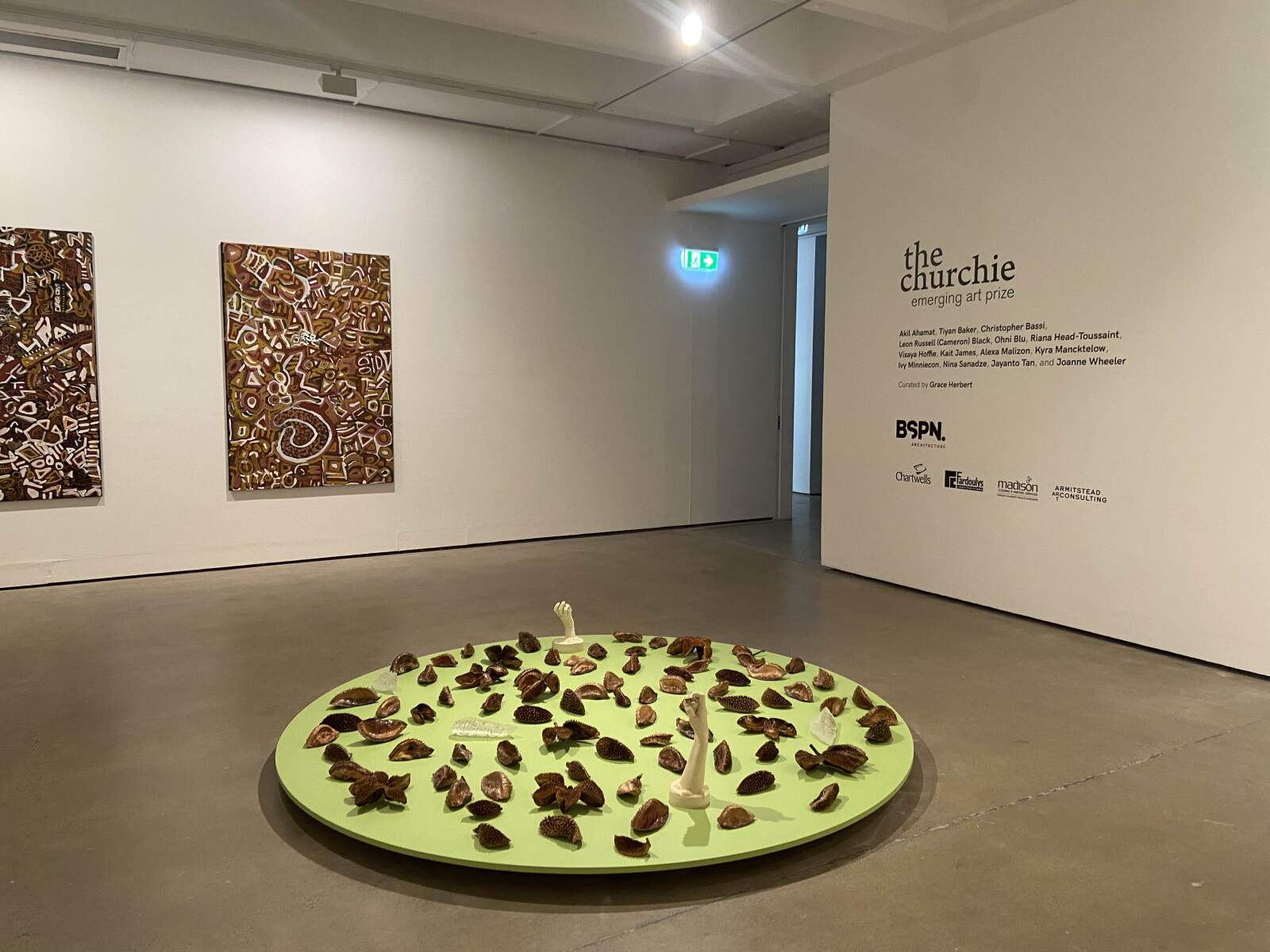
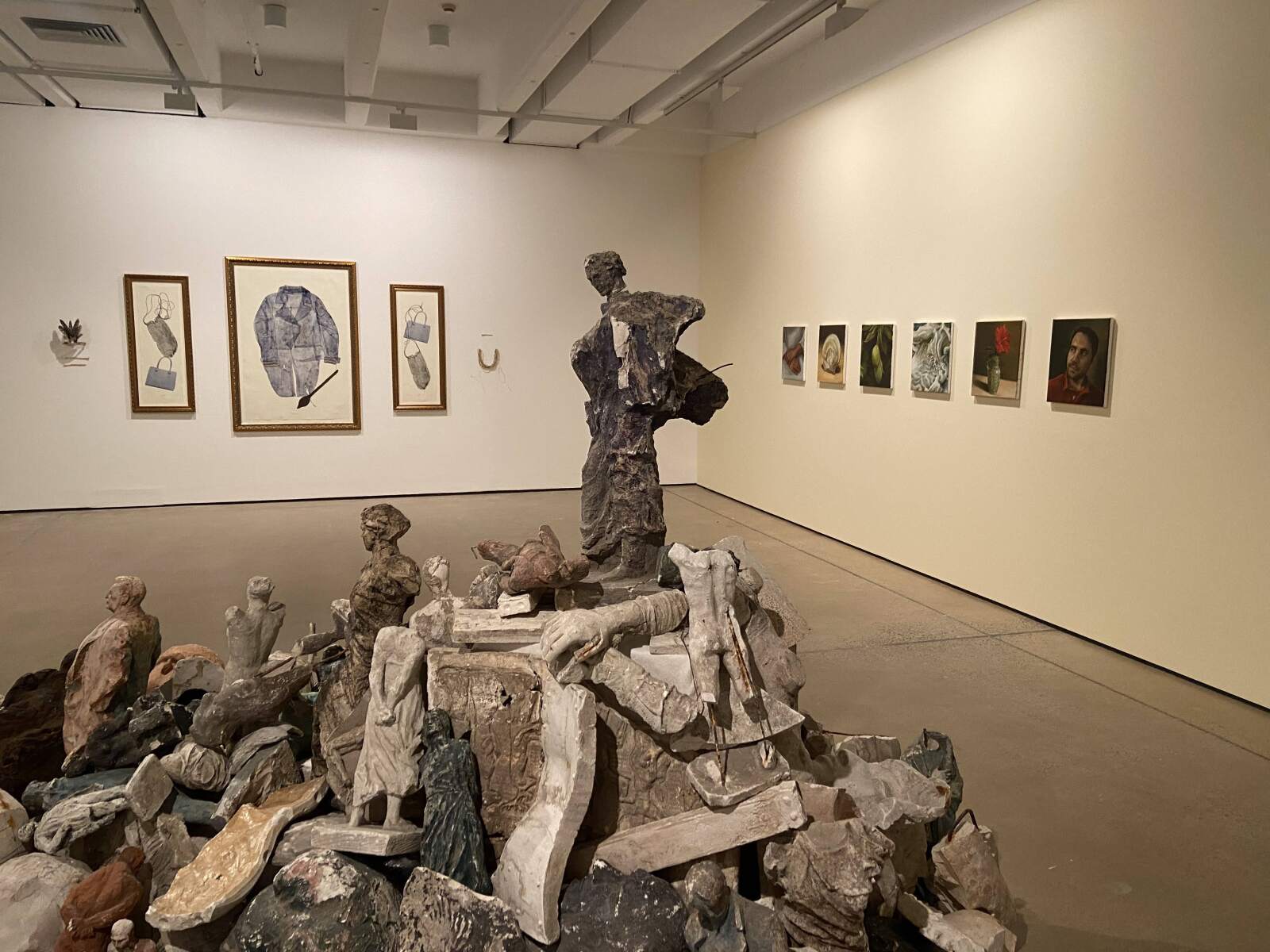
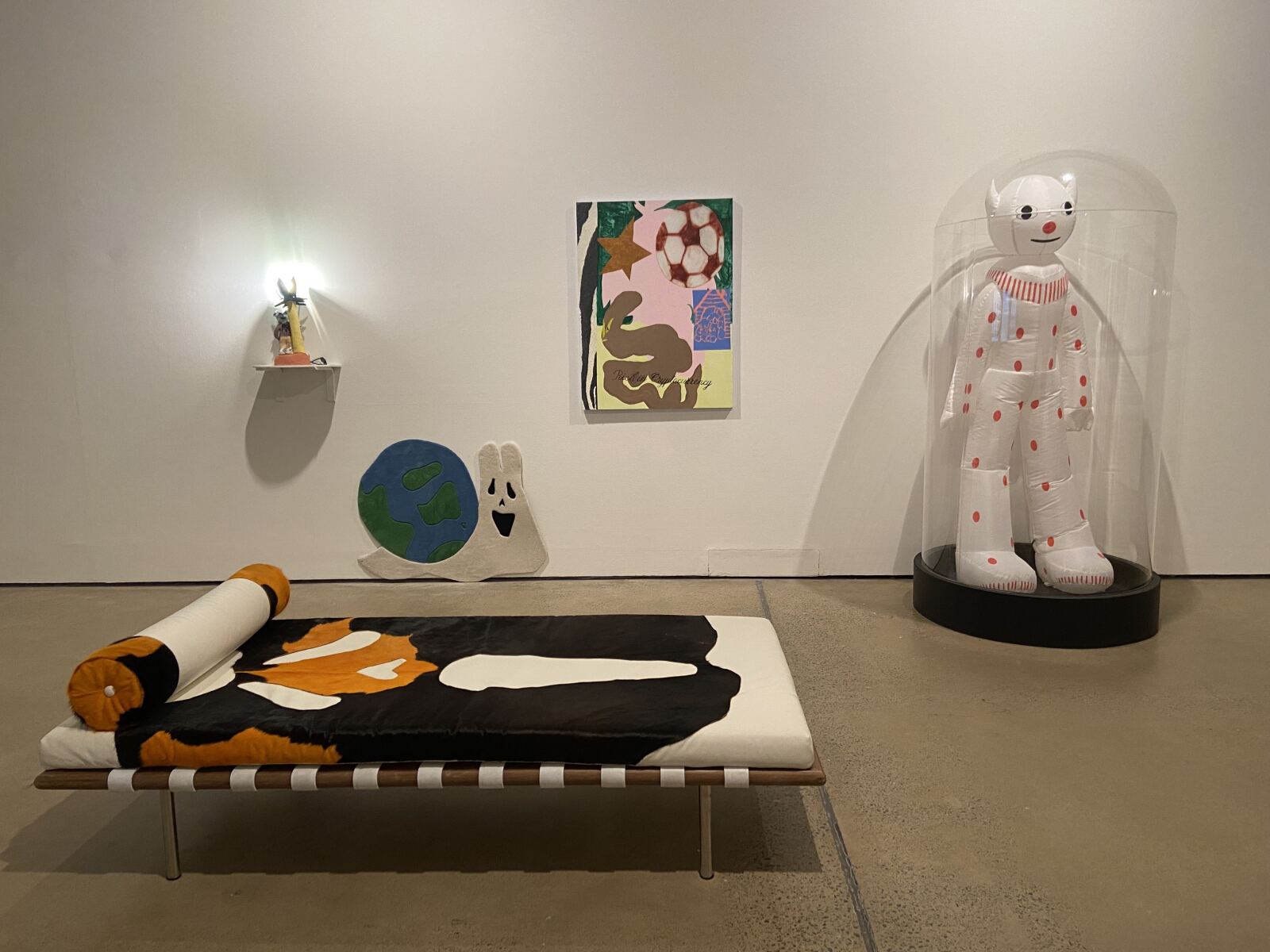
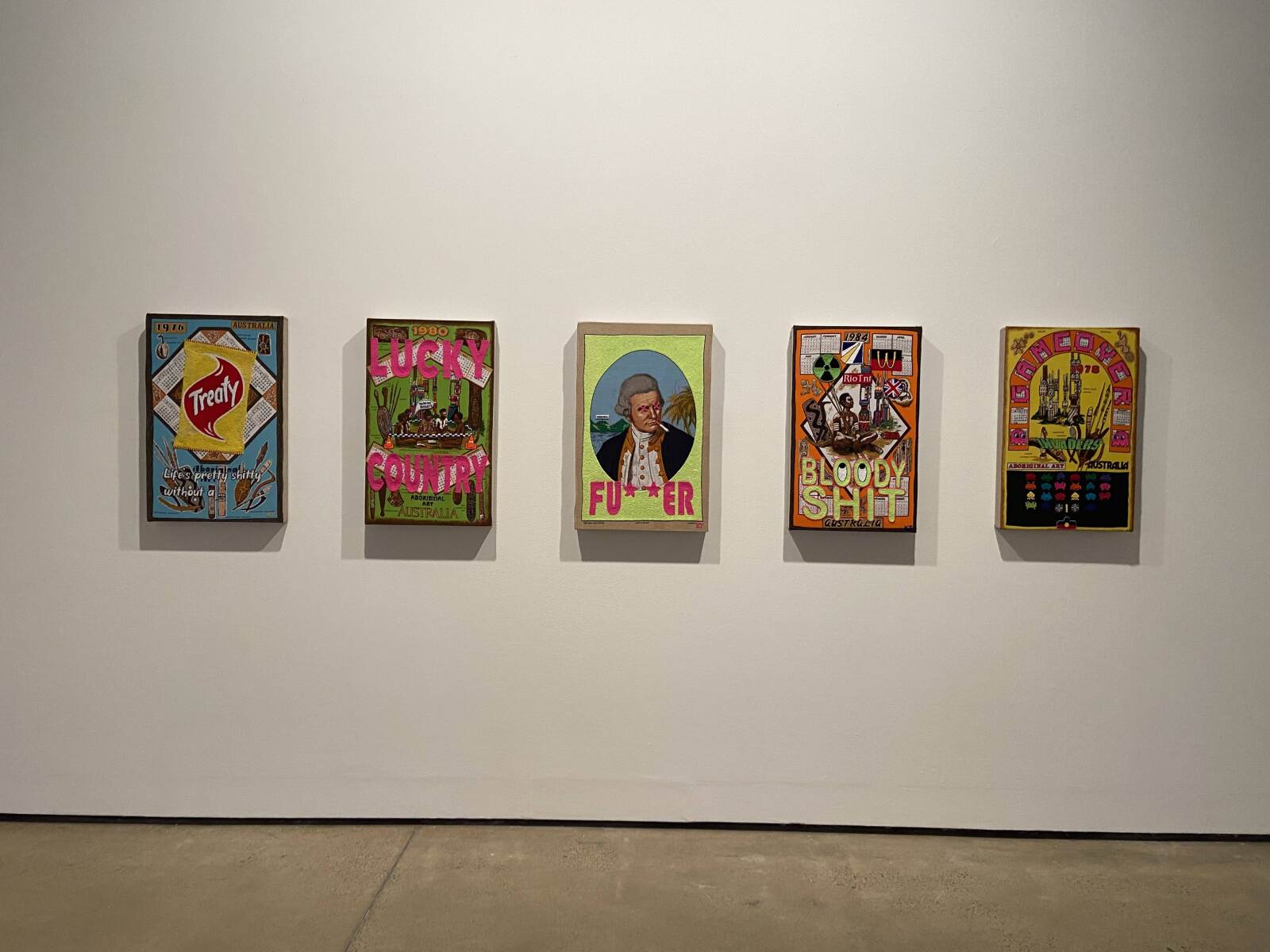
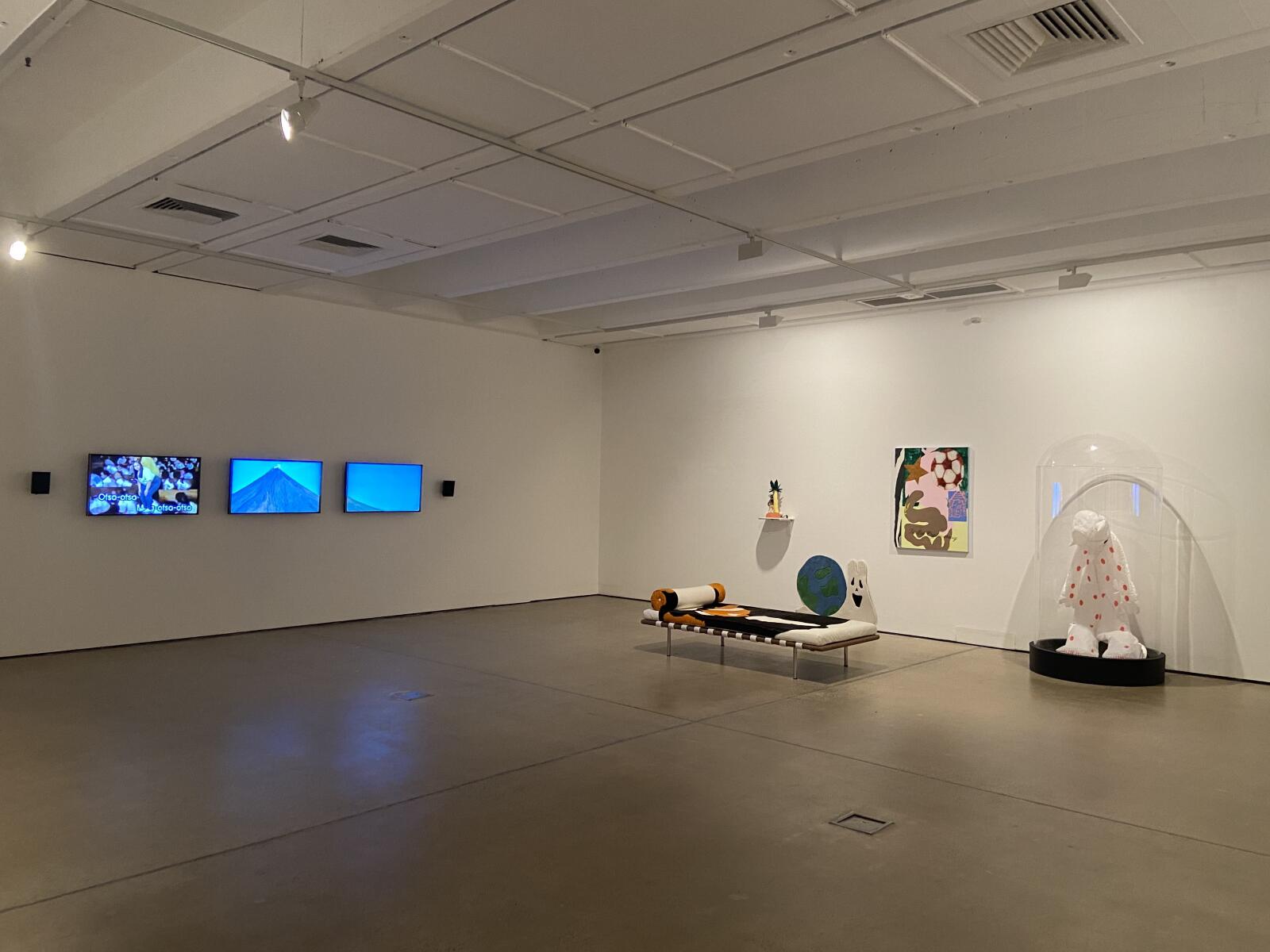
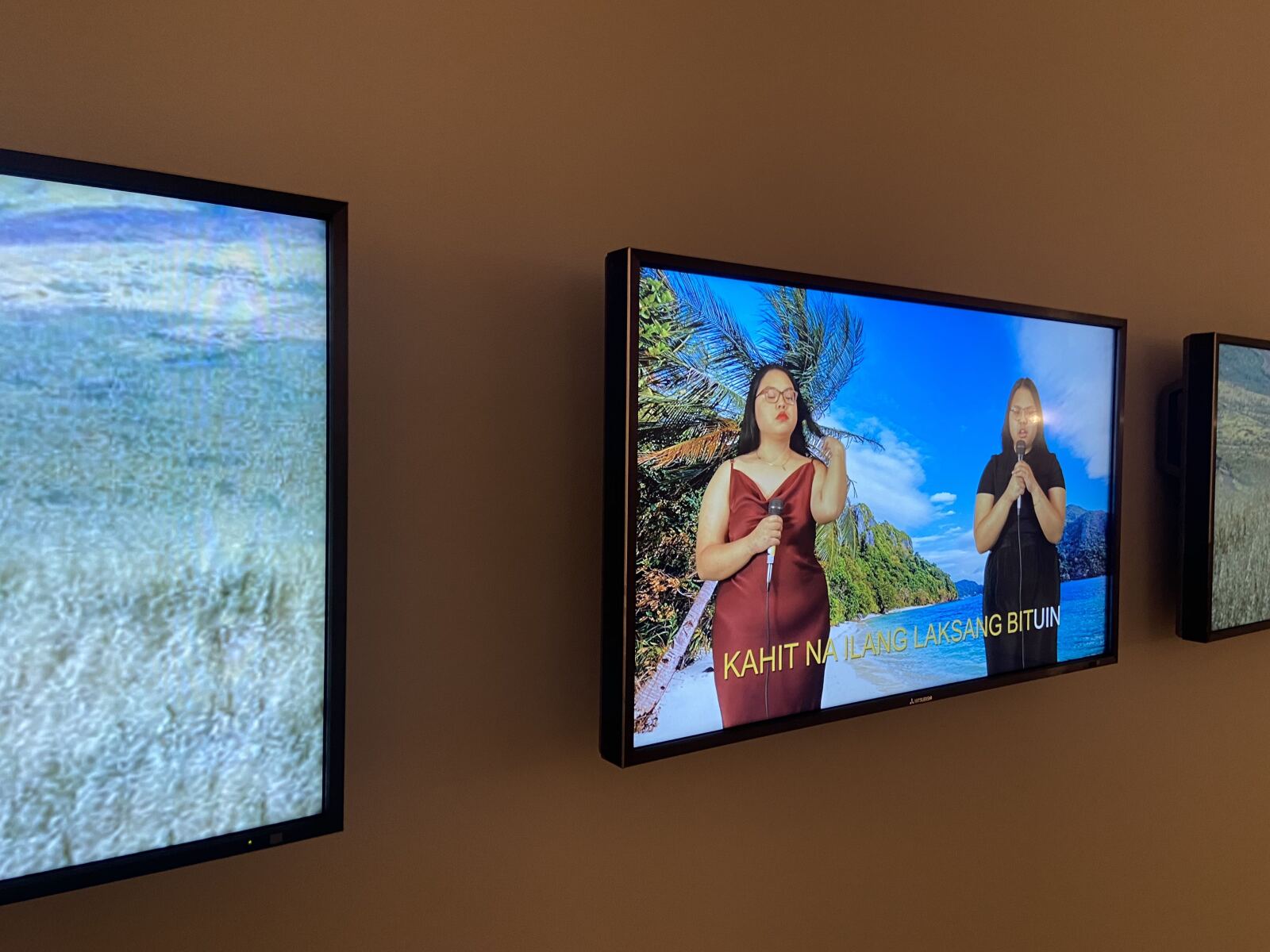
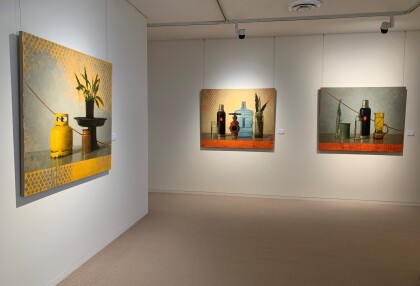
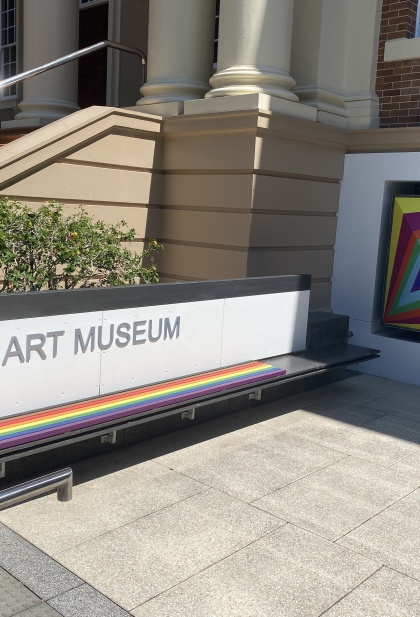
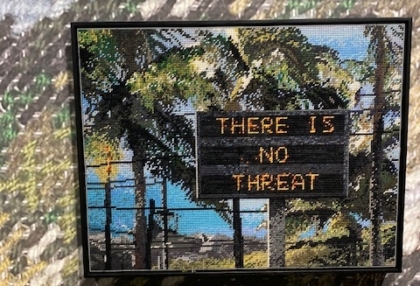
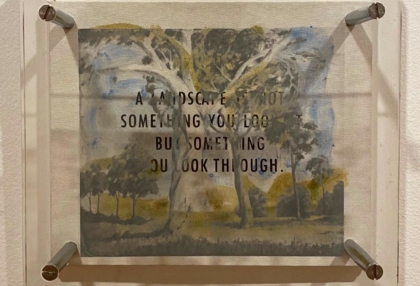
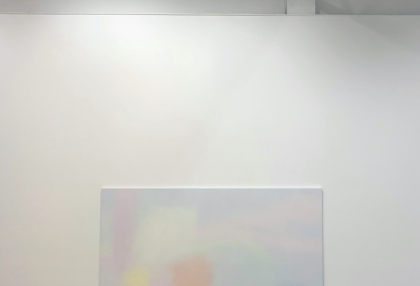
No Comments